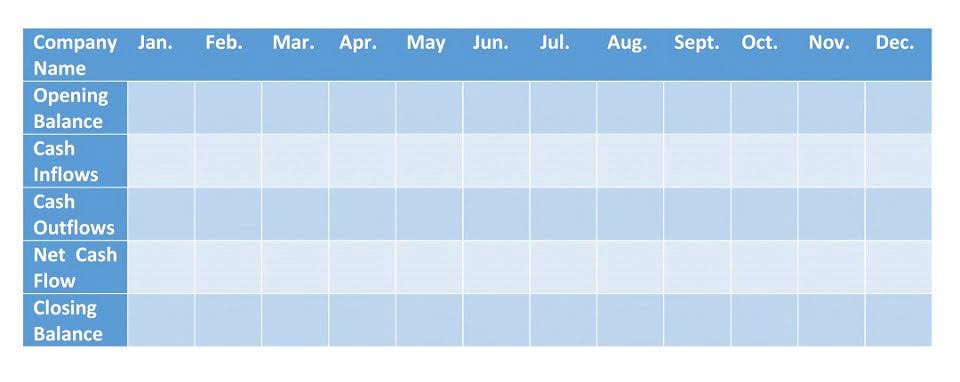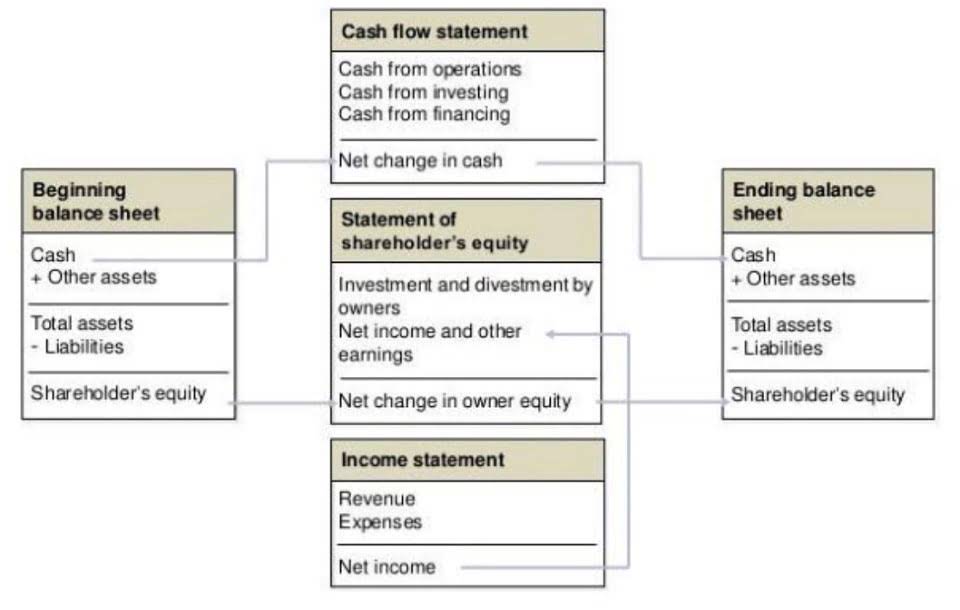Accounting Basics: T Accounts

So grasping these basics helps you delve into these reports and understand the financial story they tell. The major components of the balance sheet—assets, liabilities and shareholders’ equity (SE)—can be reflected in a T-account after any financial transaction occurs. A trial balance summary is a report that summarizes the account balances in a company’s general ledger.It lists all the accounts and their balances, including debit and credit entries.
- Understanding the difference between credit and debit is essential for this process.
- The Ascent, a Motley Fool service, does not cover all offers on the market.
- The articles and research support materials available on this site are educational and are not intended to be investment or tax advice.
- In the last column of the Cash ledger account is the running balance.
- A credit increases these accounts and a debit decreases them.
Fans held onto the hope that “Swan Queen,” aka Regina and Emma, would fall in love on “Once Upon a Time.”
My income account (revenue account) is being credited £2.50, increasing its value, making the transaction balanced. Since management uses these ledger accounts, journal entries are posted to the ledger accounts regularly. Most companies have computerized accounting systems that update ledger accounts https://www.bookstime.com/ as soon as the journal entries are input into the accounting software. Manual accounting systems are usually posted weekly or monthly. Just like journalizing, posting entries is done throughout each accounting period. Since so many transactions are posted at once, it can be difficult post them all.
A Small Business Guide to T-Accounts
When calculating balances in ledger accounts, one must take into consideration which side of the account increases and which side decreases. To find the account balance, you must find the difference between the sum of all figures on the side that increases and the sum of all figures on the side that decreases. We now return to our company example of Printing Plus, Lynn Sanders’ printing service company. We will analyze and record each of the transactions for her business and discuss how this impacts the financial statements. Some of the listed transactions have been ones we have seen throughout this chapter.
Bankrate’s picks for the best consumer bank account bonuses in June 2024

Since we have got an increase of $10,000 in our liabilities, we will credit this amount of $10,000 to the accounts payable account. Double-entry bookkeeping is based on the principle that every transaction affects a minimum of two accounts. In this system, the total credits must always equal the total debits.
Why do accountants use T accounts?

This way, you’ll have the money to cover any related tax obligations. If you’re looking for a new savings account, consider whether you’re better off finding another bank that pays more interest. While they could pay account holders a higher yield, for some banks, offering a bonus is preferable.
- T-accounts are typically used by bookkeepers and accountants when trying to determine the proper journal entries to make.
- A T-account can have many different types of transactions within it but they must always follow this same basic format.
- While you are in a course like accounting basics, T accounts are a fantastic way to grasp the debits and credits visually.
- So, the total debits must always balance the total credits to balance the books.
- It scored 4.2 out of 5 stars in Bankrate’s review of its offerings.
- Discover how businesses like yours are using Baremetrics to drive growth and success.
Two entries (hence, double entry), one on the left and one on the right, so everything is good. For example, a company’s checking account (an asset) has a credit balance if the account is overdrawn. That’s because we increased our rent expense for the amount of the rent. In turn, by paying the rent, we also decreased the amount of cash available in the bank. While we only completed one transaction (paying the rent), two accounts were affected. No matter what type of accounting you are using, you can use a T-account as a visual aid in recording your financial transactions.
Resources for Your Growing Business
Company XYZ provides and collects $4,000 worth of repair services. One of the fundamental principles of financial accounting is the T account. We can obtain a thorough grasp of T-accounts’ function in contemporary accounting procedures by looking at both its benefits and downsides. This initial transaction t accounts example demonstrates that the corporation has established a liability to pay the expense. No matter the account, the debit side is always on the left, and the credit side is always on the right. From the beginning, the two were deeply connected, as they were the only two slayers in the world.

Accounting Basics: T Accounts Read More »

